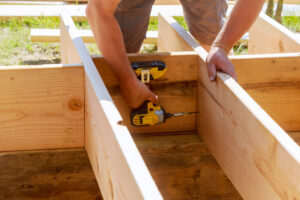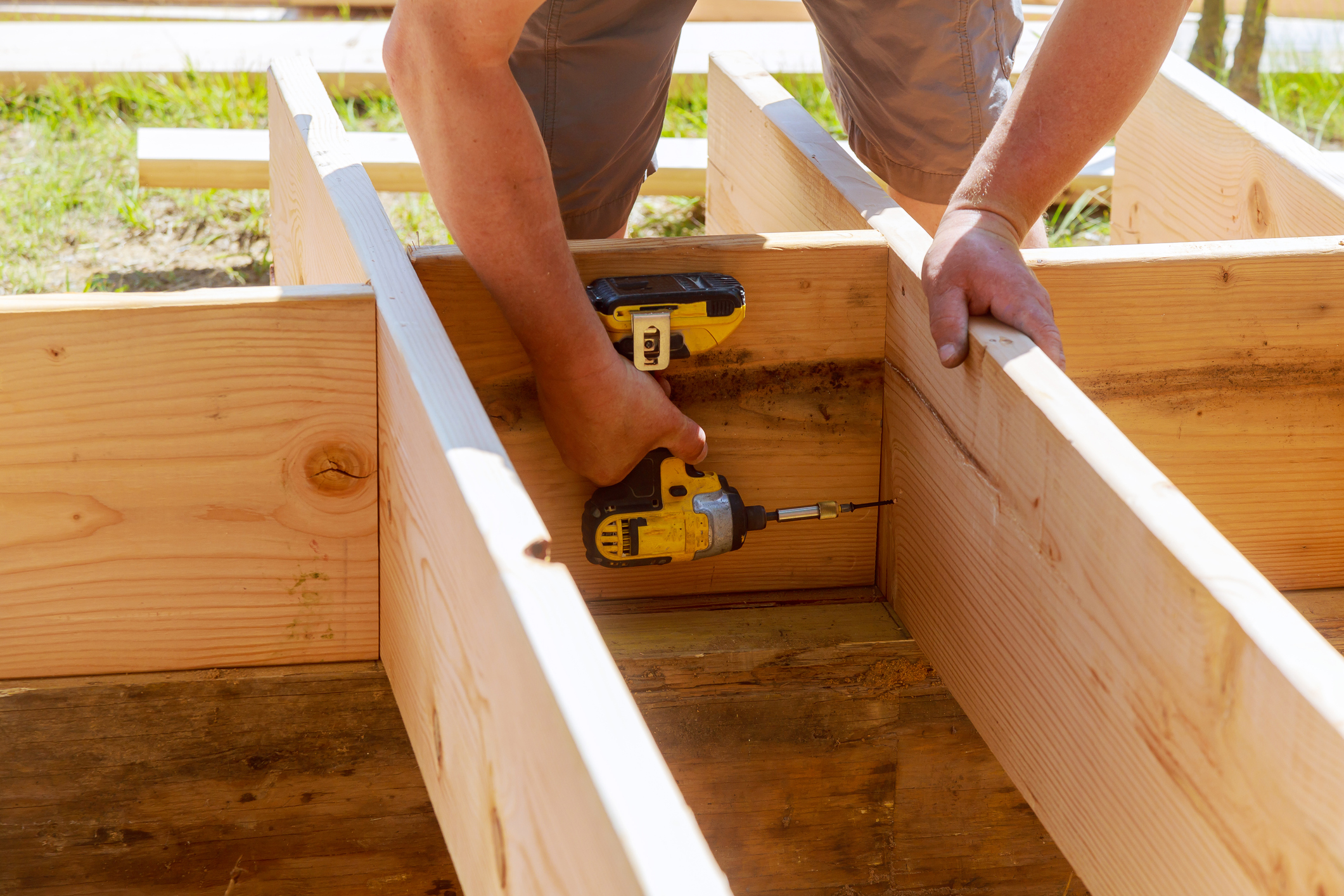
Introduction
Building a deck is an exciting endeavor that adds beauty, pleasure, and value to your outdoor living space. As you embark on your deck building project, it’s crucial to pay attention to the finer details that ensure your deck’s long-term stability and durability. One essential element that often goes unnoticed but plays a vital role in deck construction is joist blocking. In this article, we’ll explore the significance of joist blocking and why it’s a crucial aspect of building a safe and long-lasting wood deck.
What is Joist Blocking? Joist blocking refers to the horizontal pieces of lumber or blocking material installed between the joists of a deck. It’s typically placed at regular intervals along the length of the deck to provide additional support, prevent twisting or warping, and enhance overall deck strength. Joist blocking acts as a stabilizing force, helping to distribute the load evenly and minimize movement and flexing of the joists.
Benefits of Blocking
Overall the primary benefit with blocking is the increased structural stability it provides. The following are key aspects to understand with regard to the benefits of blocking.
1. Structural Integrity: Properly installed blocking can enhance the structural integrity of your wood deck. By connecting adjacent joists, it creates a rigid framework that reduces bounce, sway, and lateral movement. This stability not only increases deck performance but also prolongs the lifespan of your deck.
2. Load Distribution: Decking materials, furniture, and foot traffic impose substantial weight and pressure on the deck’s surface. Joist blocking effectively distributes this load across multiple joists, preventing any one joist from bearing an excessive burden. By reducing the stress on individual joists, it helps prevent sagging, warping, and other structural issues over time.
3. Reducing Deck Movement: Over time, wood expands, contracts, and responds to changes in moisture and temperature which can lead to shifting and warping. Joist blocking acts as a stabilizer against these actions, minimizing the movement of individual joists and keeping the deck framework secure. It also helps maintain the integrity of the fasteners and connections throughout the deck structure.
4. Preventing Deck Surface Deflection: Without proper support, the deck surface can sag or deflect between the joists, resulting in an uneven or unstable walking surface. Joist blocking reduces the deflection, ensuring a level and secure deck that is comfortable and safe for use.
Blocking Installation
When installing blocking, you should follow industry standards and more important, your local building code. Please reach out to your local building inspector or building department if you have questions regarding blocking requirements. Otherwise, here are a few tips.
1. Choose the Right Material: Use pressure-treated or rot-resistant lumber for joist blocking to ensure its longevity and durability against moisture and decay.
2. Proper Placement: Install the joist blocking between the joists, perpendicular to the direction of the joists. Place the blocking at regular intervals, typically every 4 to 6 feet, but refer to local building codes or engineering recommendations for specific requirements. You can stagger the position of blocking between joist bays to leave room to properly fasten the blocks through the joists it is placed between.
3. Secure Attachment: Use appropriate screws or nails to fasten the joist blocking securely to the joists. Ensure the blocking is flush with the top surface of the joists to maintain a consistent deck height.
4. Consider Additional Blocking: In areas where heavy loads or concentrated weight will be present, such as near stair stringers or hot tubs, additional blocking may be necessary for enhanced support. Also, if 4×4 posts are installed for railing, consider addition additional blocking to reduce the amount of movement on the ledger board.
5. Proper Sizing: Regardless of the quality of wood you purchase, long joists will generally not be straight when installed. Consequently, the spacing between joists at mid-point can be quite different than the intended separation. When installing blocking, measure the distance between the joist at an attachment point (for example a ledger or rim joist). Use this distance to cut the blocking. For a given joist bay, there will rarely be a situation where multiple blocks will have different lengths – they should almost always be cut to the same length. When installing the blocking you might need to force the joists together or push them apart to get the blocking installed. However, installing the proper size blocking will help ensure your joists are parallel.
Conclusion
In conclusion, joist blocking may seem like a minor detail in deck construction, but it plays a very important role in ensuring the stability and durability of your wood deck. By distributing loads, reducing movement, and preventing deflection, joist blocking helps create a structurally sound and long-lasting deck that you can enjoy for years to come. As you embark on your deck-building journey, remember to prioritize this essential element and follow best practices to enhance the performance and safety of your wood deck.

